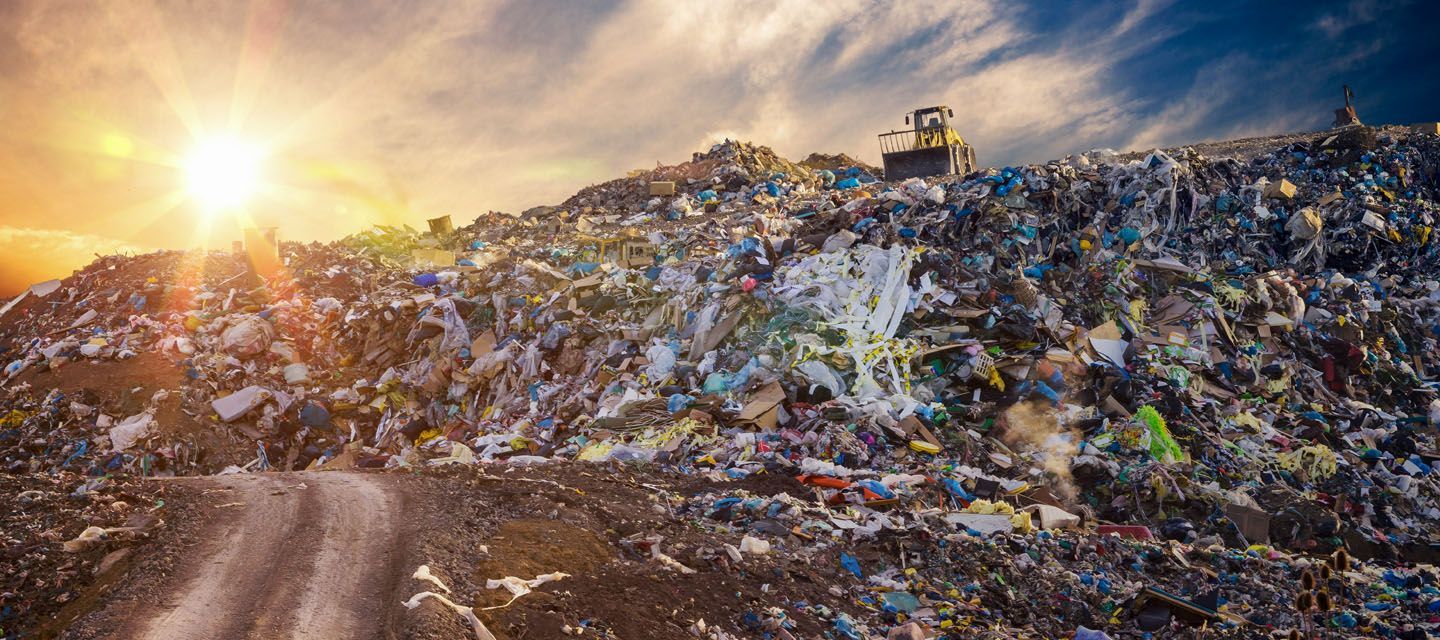Understanding the Control of Asbestos Regulations 2012: A Guide for Publicans
This is a subtitle for your new post

Introduction to the Control of Asbestos Regulations 2012
As a publican in the UK, it is crucial to have a comprehensive understanding of the Control of Asbestos Regulations 2012. These regulations were put in place to protect individuals from the dangers of asbestos exposure, which can have severe health implications. By familiarising yourself with these regulations, you can ensure the safety of your customers and employees, as well as maintain legal compliance.
Understanding the risks of asbestos in Pubs in the UK
Asbestos, a naturally occurring mineral, was widely used in construction materials until it was banned in the UK in 1999. However, many older buildings, including pubs, still contain asbestos. It is important to be aware of the types of asbestos commonly found in pubs, such as Asbestos Insulating Board, Asbestos Cement, Asbestos Ceilings, Asbestos Flooring, and Asbestos Roofing. These materials, if disturbed or damaged, can release asbestos fibres into the air, posing a significant health risk.
The dangers of asbestos in Pubs
Exposure to asbestos fibres can lead to serious health conditions, including lung cancer, mesothelioma, and asbestosis. These diseases often have a long latency period, meaning symptoms may not appear until years or even decades after exposure. As a publican, it is your responsibility to protect your customers and employees from the risks associated with asbestos. Ignoring the presence of asbestos in your pub can have devastating consequences for both their health and your business.
Ensuring the safety of customers and employees - the importance of an Asbestos Management Plan
To effectively manage the risks of asbestos in your pub, it is crucial to have a robust Asbestos Management Plan in place. This plan should outline the procedures and protocols for identifying, monitoring, and controlling asbestos within your premises. Regular inspections and assessments should also be conducted to ensure the ongoing safety of your customers and employees. By implementing an Asbestos Management Plan, you are taking proactive steps to mitigate the risks associated with asbestos exposure.
Steps for keeping your customers, yourself, and your employees safe from asbestos exposure
- Identify and assess: Conduct a thorough inspection of your pub to identify any materials that may contain asbestos. If in doubt, consult with a qualified asbestos professional to carry out an Asbestos Management Survey.
- Manage and control: Develop a plan to manage and control asbestos within your pub. This may involve implementing measures to prevent disturbance or damage to asbestos-containing materials, such as encapsulation or removal.
- Inform and educate: Ensure that all employees are aware of the risks associated with asbestos and the necessary precautions to take. Provide training on how to handle materials that may contain asbestos and the importance of reporting any suspected damage.
Maintaining legal compliance with the Control of Asbestos Regulations 2012
As a publican, it is your legal obligation to comply with the Control of Asbestos Regulations 2012. Failure to do so can result in severe consequences, including fines and potential prosecution. To maintain legal compliance, you must:
- Conduct an Asbestos Management Survey: This survey will identify any asbestos-containing materials within your pub and assess their condition. It is essential to have an up-to-date survey to inform your Asbestos Management Plan.
- Develop an Asbestos Management Plan: This plan should outline the procedures for managing asbestos within your pub, including regular inspections and monitoring. It should also provide guidance on how to handle any potential asbestos-related incidents.
- Monitor and review: Regularly review and update your Asbestos Management Plan to ensure it remains effective and compliant with current regulations. Monitor any refurbishment or maintenance work to ensure asbestos is managed safely during these activities.
Developing an Asbestos Management Plan and conducting an Asbestos Management Survey
To develop an effective Asbestos Management Plan, it is essential to conduct an Asbestos Management Survey. This survey should be carried out by a qualified asbestos professional who will identify any asbestos-containing materials and assess their condition. The findings of the survey will inform the development of your Asbestos Management Plan, outlining the necessary steps to manage and control asbestos within your pub.
Managing asbestos during refurbishment and maintenance work
If you are planning any refurbishment or maintenance work in your pub, it is crucial to consider the presence of asbestos. Before commencing any work, consult with an asbestos professional to assess the risk and develop a safe plan of action. It may be necessary to have asbestos-containing materials removed or encapsulated before carrying out any construction or renovation work.
Importance of maintaining legal compliance and the consequences of failing to do so
Maintaining legal compliance with the Control of Asbestos Regulations 2012 is not only essential for the safety of your customers and employees but also for the protection of your business. Failure to manage asbestos properly can result in lost time, potential prosecution, and significant financial consequences. By prioritising asbestos management and ensuring compliance, you are safeguarding the health and well-being of everyone in your pub.
The potential impact of failure to manage asbestos in your Pub - lost revenue and potential prosecution
If you fail to manage asbestos in your pub, the consequences can be severe. In the event of asbestos exposure or an incident related to asbestos-containing materials, your pub may need to be closed for remediation, resulting in lost time and revenue. Moreover, failing to comply with the Control of Asbestos Regulations 2012 can lead to legal action, fines, and potential prosecution. The reputational damage to your business can also have long-lasting effects.
Conclusion: The importance of prioritising asbestos management for your Pub
As a publican, understanding and complying with the Control of Asbestos Regulations 2012 is paramount. By prioritising asbestos management, developing a comprehensive Asbestos Management Plan, and conducting regular inspections and assessments, you can ensure the safety of your customers and employees. Maintaining legal compliance not only protects your business from potential prosecution but also demonstrates your commitment to providing a safe environment.
Contact Consulo Compliance for your FREE asbestos compliance audit and take a proactive step forward today to ensure you are not at risk.









